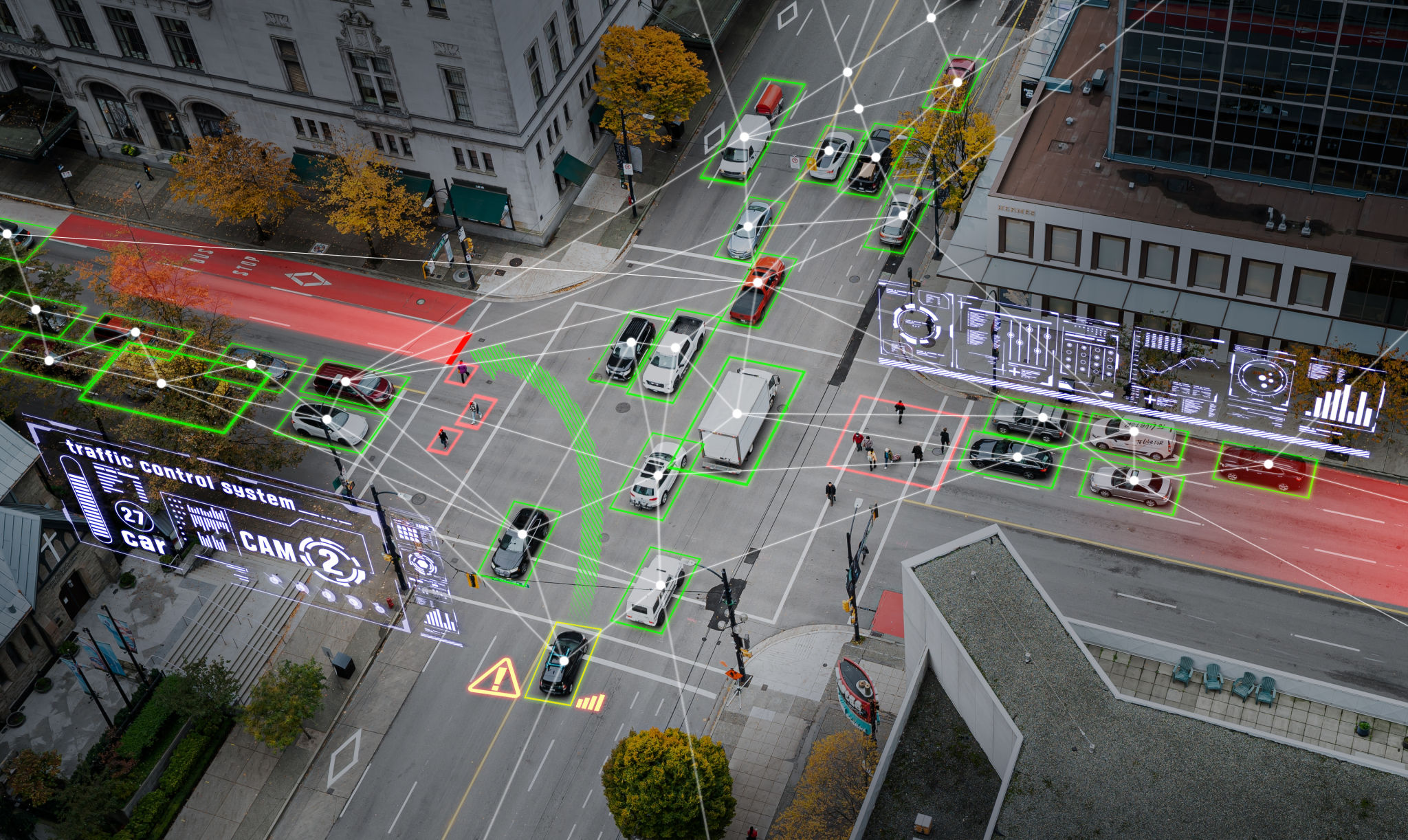How Front Windscreen Camera Calibration Impacts Autonomous Driving Features
Understanding Front Windscreen Camera Calibration
In the world of autonomous driving, the front windscreen camera plays a crucial role in ensuring the safety and efficiency of the vehicle. These cameras are part of the Advanced Driver Assistance Systems (ADAS) that help vehicles interpret their surroundings. Proper calibration of these cameras is essential for the accuracy and reliability of autonomous driving features.
Calibration involves adjusting the camera to ensure that it accurately captures and processes visual data from the vehicle's environment. This precision is vital for features such as lane-keeping assistance, collision detection, and adaptive cruise control. Without proper calibration, the vehicle's ability to make informed decisions could be compromised.

The Importance of Accurate Calibration
Accurate calibration of front windscreen cameras impacts several key autonomous driving functions. For instance, lane-keeping systems rely on the camera to monitor road markings and keep the vehicle centered within its lane. A miscalibrated camera might misinterpret these markings, leading to potential safety hazards.
Moreover, collision detection systems depend on accurate visual data to identify obstacles and pedestrians. If the camera is not properly calibrated, it might fail to recognize or falsely detect objects, increasing the risk of accidents. Therefore, routine checks and calibrations are necessary to maintain optimal performance.

Steps in Camera Calibration
The calibration process is generally performed by professionals using specialized tools and software. Here are common steps involved in the calibration:
- Assessment: Evaluating the current state of the camera's alignment and functionality.
- Adjustment: Using calibration targets and software to align the camera accurately.
- Verification: Testing the system to ensure that all ADAS features respond correctly.
Impact on Autonomous Driving Features
The influence of front windscreen camera calibration extends to various autonomous driving features. One significant area is adaptive cruise control, which requires precise distance measurements between vehicles. A calibrated camera ensures these measurements are accurate, allowing for smooth and safe speed adjustments.
Additionally, automated parking systems rely heavily on camera input to gauge distances and identify parking spaces. A miscalibrated camera can lead to incorrect assessments, making parking maneuvers less reliable and potentially unsafe.

Future Implications and Innovations
As technology advances, the role of front windscreen cameras in autonomous vehicles is expected to grow. Innovations in camera technology and calibration techniques will likely enhance the precision and reliability of autonomous driving systems, paving the way for fully self-driving cars.
Manufacturers continue to invest in research and development to create more sophisticated calibration processes. These advancements aim to reduce manual intervention and improve real-time calibration capabilities, ensuring that autonomous vehicles maintain peak performance under various conditions.
Conclusion
The calibration of front windscreen cameras is a critical aspect of maintaining the safety and effectiveness of autonomous driving features. It ensures that vehicles can accurately interpret their surroundings and make informed decisions on the road. As autonomous technology continues to evolve, so too will the methods and importance of camera calibration in delivering safe, efficient, and reliable self-driving experiences.